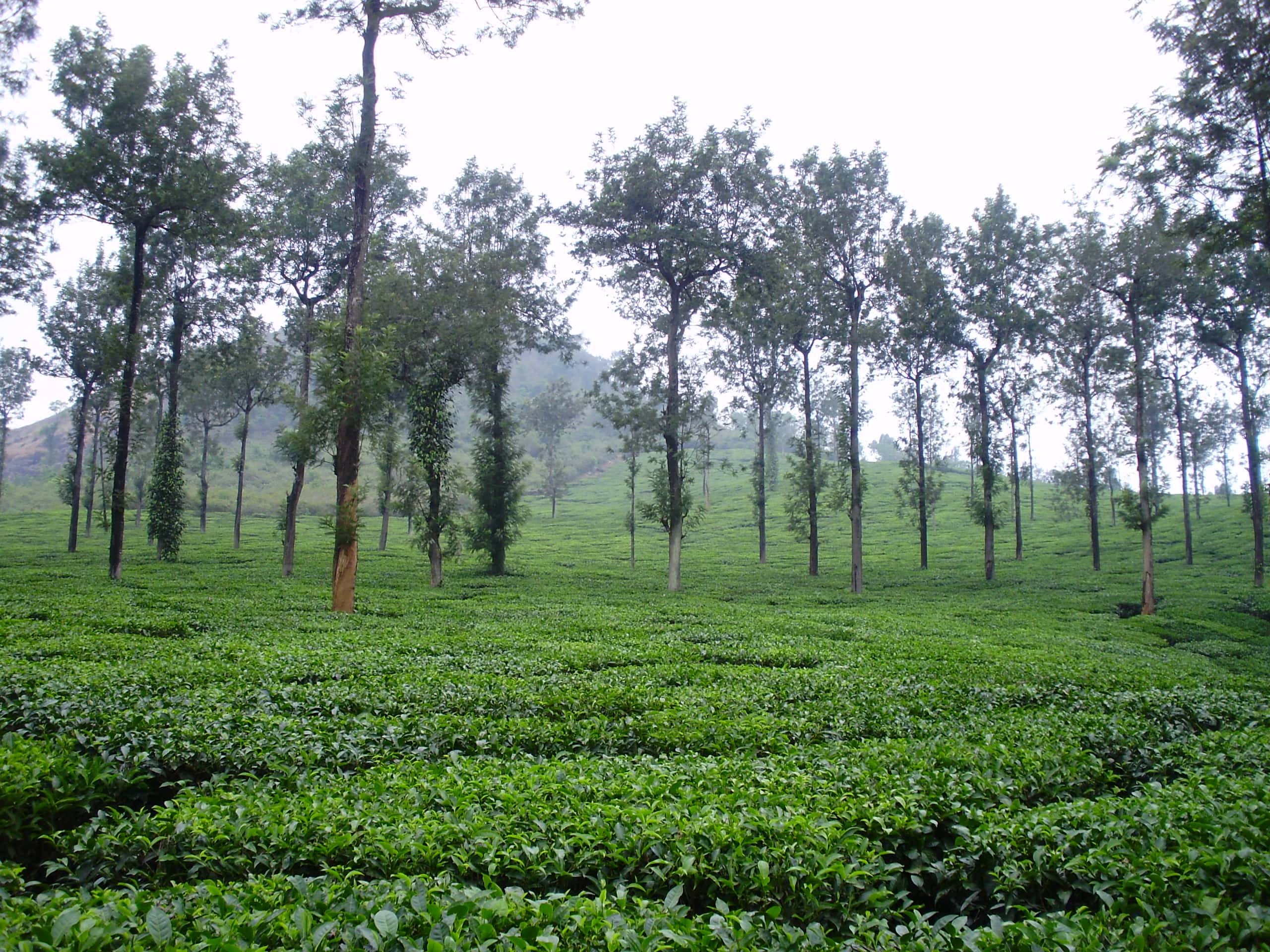What does it take to change the Earth? India’s National Agroforestry Policy and beyond
- From
-
Published on
24.08.20
- Impact Area

In 2014, India became the first country in the world to adopt a national agroforestry policy. The policy was designed to resolve bottlenecks with other policies on agriculture, forestry, water and environment, recognizing that land use by its very nature must be integrative. Agroforestry is the practice and science of the interface and interactions between agriculture and forestry, involving farmers, livestock, trees and forests at multiple scales. Agroforestry systems have been shown to provide many ecosystem services, helping to reverse environmental damage, while simultaneously improving farmers’ livelihoods.
To maximise agroforestry’s many benefits, both knowledge of trees (Forestry) and knowledge of crops and livestock production (Agriculture), need to be combined, a daunting challenge for most governments, except India’s. The way one of the most densely populated and complex nations on Earth managed to do it is an inspiration to countries globally.
World Agroforestry (ICRAF) South Asia Regional Program worked as a technical partner with the national lead institutions like, the National Advisory Council, Ministry of Agriculture and Farmers’ Welfare and its Department of Agriculture Cooperation, Indian Council of Agricultural Research, and the Central Agroforestry Research Institute — in both the development and implementation of the national agroforestry policy.
Related news
-

ICRISAT to Deliver World-Class Services as CGIAR’s Breeding Resources South Asia Hub
International Crops Research Institute for the Semi-Arid Tropics (ICRISAT)07.07.25-
Biodiversity
-
Food security
Strategic collaboration to scale innovation and deliver harmonized, high-quality support across CGIA…
Read more -
-

Multifunctional Landscapes that reconcile food production, with ecosystem restoration and biodiversity conservation
Multifunctional Landscapes Science Program06.07.25-
Biodiversity
-
Environmental health & biodiversity
The CGIAR Multifunctional Landscapes Science Program (MFL SP) is driven by a bold vision of…
Read more -
-

PABRA and Rwanda’s Agriculture Ministry chart new path for bean value chain transformation at ACAT Conference
The Alliance of Bioversity International and the International Center for Tropical Agriculture (CIAT)30.06.25-
Nutrition, health & food security
-
Poverty reduction, livelihoods & jobs
As Rwanda continues efforts towards eradicating malnutrition, the bean crop continues to be a symbol…
Read more -
